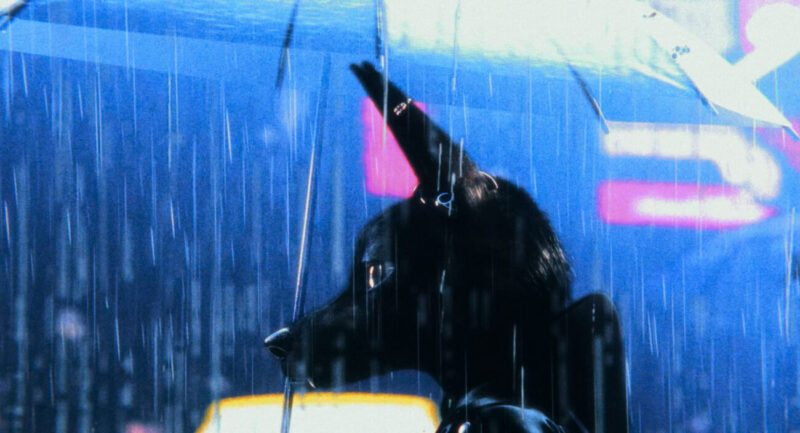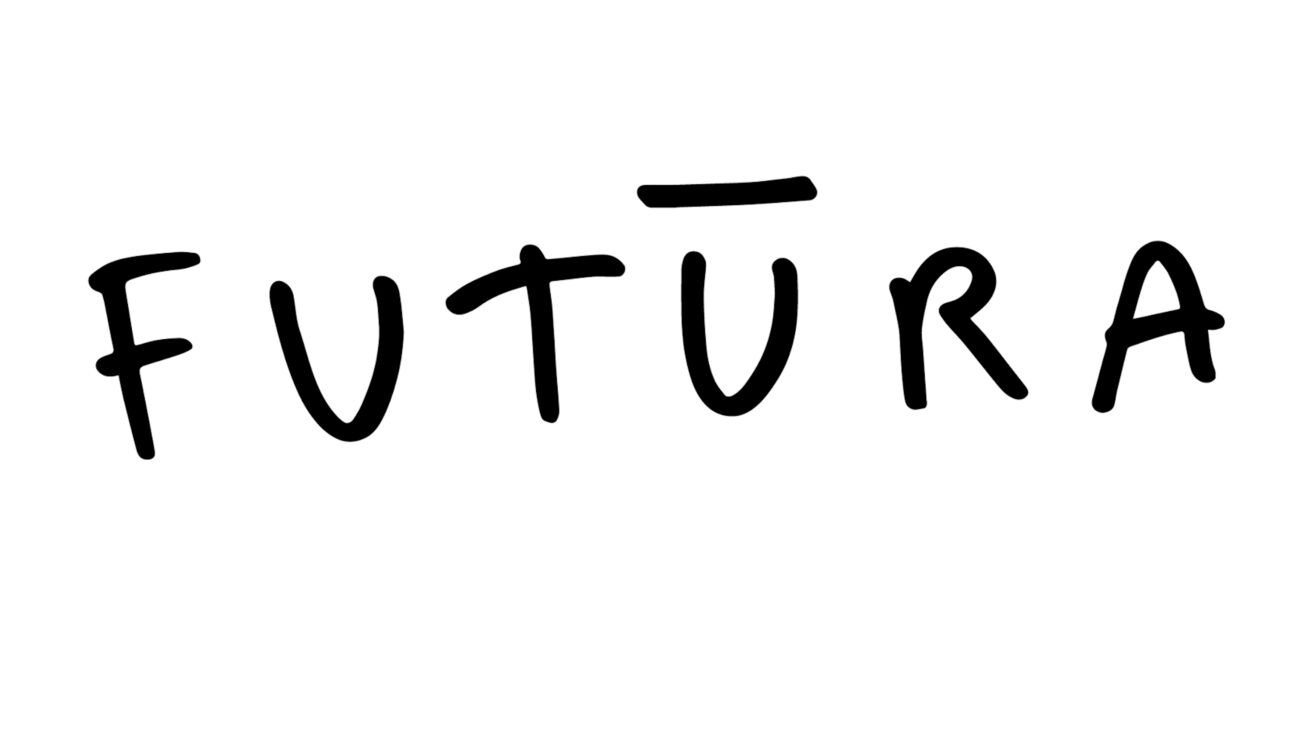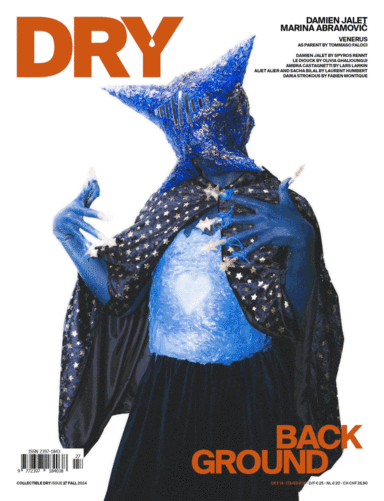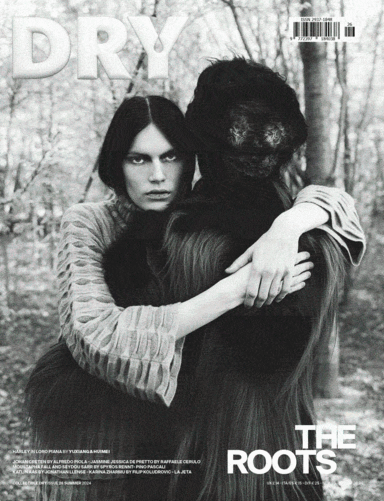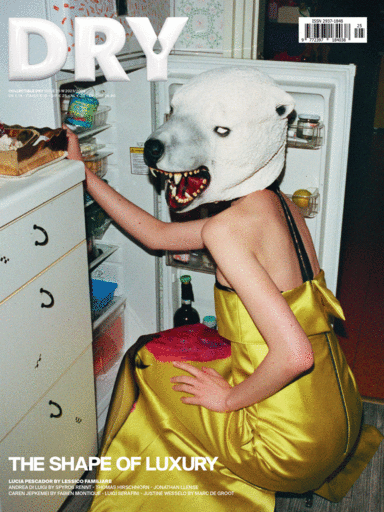FUTŪRA
IN THIS ISSUE:
MERIEM
BENNANI
THOMAS
LÉLU
NIKKI
MALOOF
GIAN MARCO
PORRU
OHII
KATYA
LOÏC
KOUTANA
MARCO
CRAIG
LIAM
YOUNG
RAPHAEL
MAZZUCCO
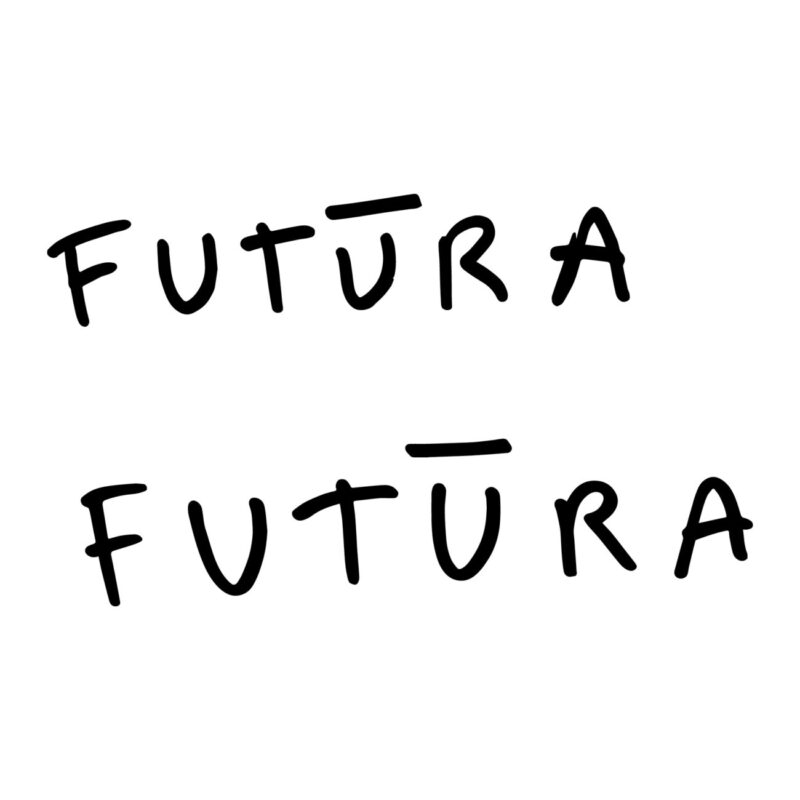
THE TYPE OF TODAY AND TOMORROW
Futura, the typeface created by Paul Renner nearly a century ago, in 1927, was conceived as a contribution to New Frankfurt, an affordable public housing program in the German city of Frankfurt, in the federal state of Hesse. Its design is rooted in simple geometric forms that later became emblematic of the Bauhaus style. Although Renner was not directly associated with the Bauhaus movement, he shared its core principles. For instance, he firmly believed that a modern typeface should introduce new paradigms rather than merely echo past designs. He rejected traditional font styles, criticizing “the grotesques, their narrowness, and their lack of a consistent system in weight and form.”
Yet, Futura’s distinctive long ascenders and almost classical Roman capitals lent it a refined elegance, setting it apart from other geometric sans-serifs. It’s emergence marked the dawn of a new modern era, becoming a defining symbol of its time. Composed entirely of pure geometric shapes – triangles, squares, and near-circles – without serifs or embellishments, it is often said that “Futura’s crisp, clean forms reflect the appearance of efficiency and progress even today.”
What made Paul Renner revolutionary was his approach to typography, which prioritized the objective communication of ideas over artistic expression. In fact, the typeface we use, which serves as the foundation of our magazine’s logo, stems from that groundbreaking declaration. It conveys a dieliberate aesthetic choice, one that strikes a balance between purity and strength.
This has been the creative thread guiding us over the years, and particularly throughout this one, as we explored the concept of DNA and origins in a trilogy. This issue marks its final chapter. In the first, we lay down roots; then we turned to our background; and now, we look ahead to the future.
A future that emerges (or should emerge) from our experience, built upon the solid foundations of the legacy we have received and, in turn, will pass on to future generations. It is a continuous flow, a dialogue between what was and what will be, shaped by our intentions, our guiding vision. You will discover this journey in the following pages, where layers of contemporary thought intertwine, creating a subtle interplay of thesis and antithesis, culminating in a collective synthesis: the pursuit of beauty in every fleeting moment life offers. An instant to seize.
Because, after all, today is already tomorrow – or perhaps, it is already the past.
We communicate through fashion, art, design, and the stories told by the protagonists who frame these worlds. Perhaps other civilizations, more advanced than ours, have preceded us on this Earth. It may be that the future we foresee – or the one we are already immersed in – has, in some form, existed before. Today, fame can be achieved on Instagram with surreal statements scribbled in ballpoint pen on ordinary Post-it notes, yet they appear as if chiseled onto a Roman stele. Or we can dive into the archives of a great and elusive creator, proving that everything worth saying has, in some way, already been said. Through art, we can also reimagine fashion in a way that transports us beyond time, envisioning how current iconic objects might appear to a future archaeologist: fossils of a consumer-driven civilization, perhaps long vanished.
Only through an embrace of ignorance and error – if born from unconscious acts – can new possibilities unfold, allowing us to craft a future that is not just different, but perhaps even better.
SILVIA MOTTA
THE COVERS
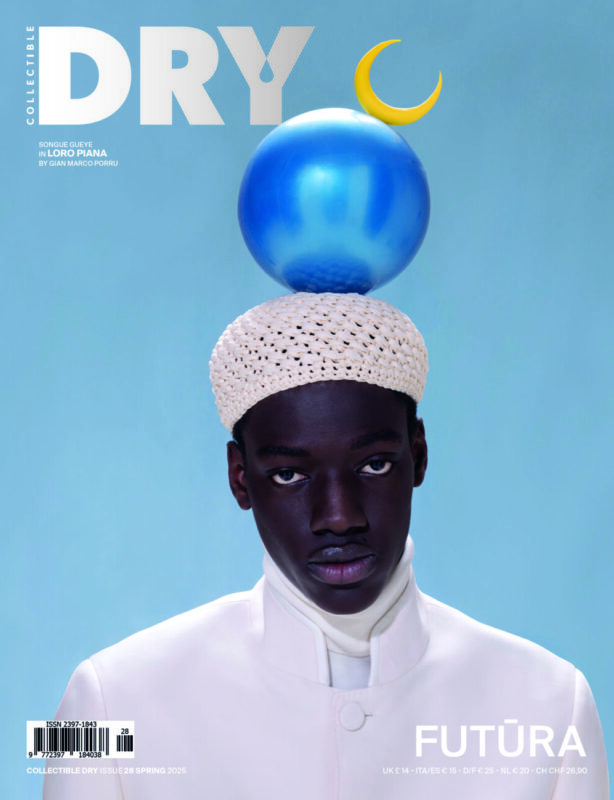
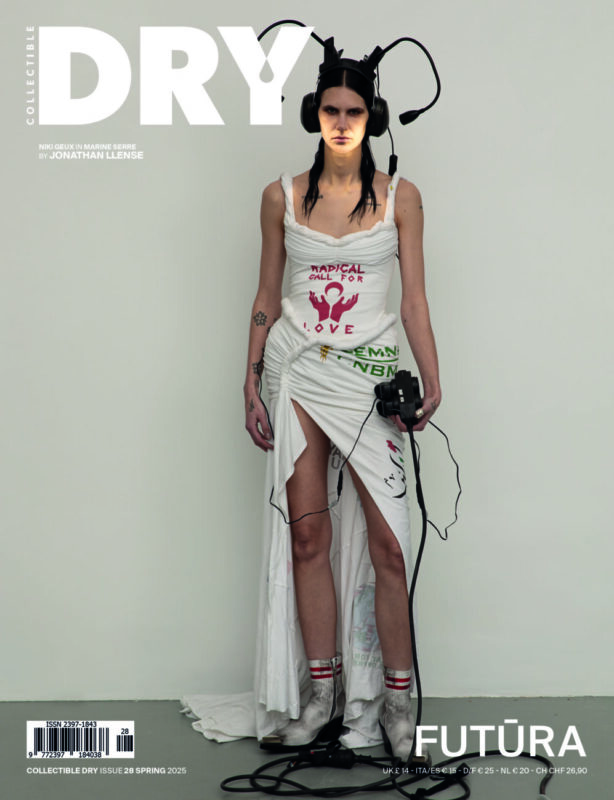
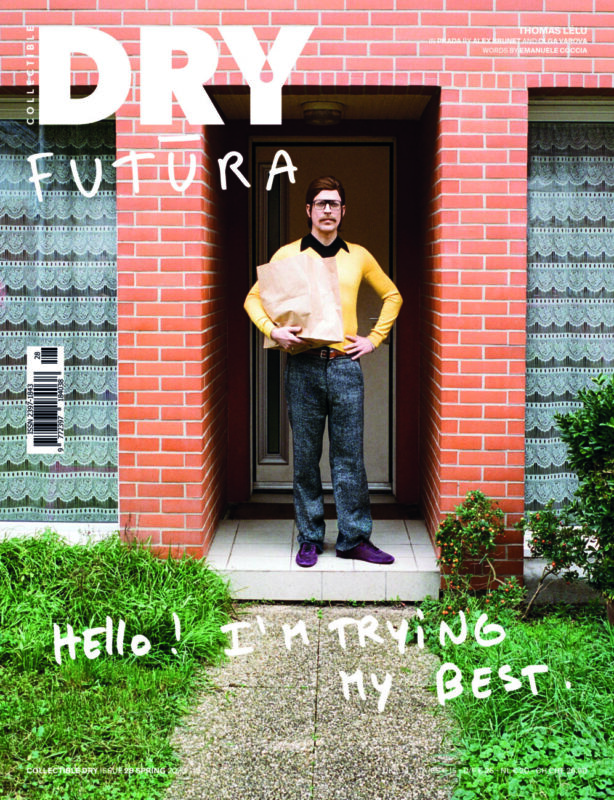
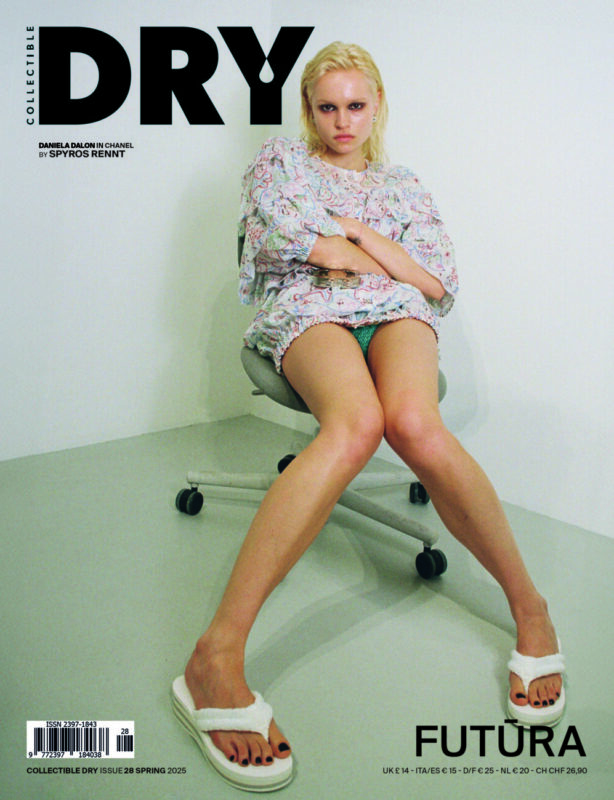
Don’t Repeat Yourself
“Inside. Afternoon. Milan. It’s about 5:00 p.m.
Dear Futura,
For a few days, I thought I could be your ally and stay awake right after lunch, but now I too am one of those long-legged people who want to sleep in the afternoon..”
GIAN MARCO PORRU
GIAN MARCO PORRU
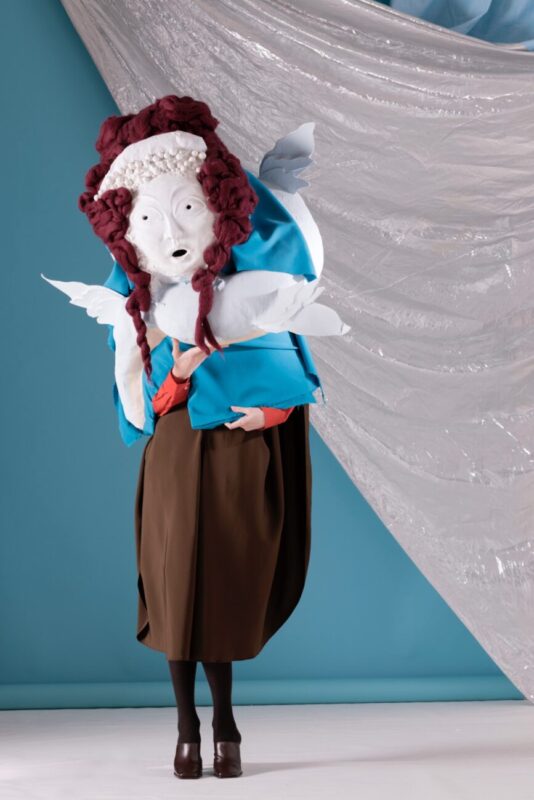
THOMAS LÉLU
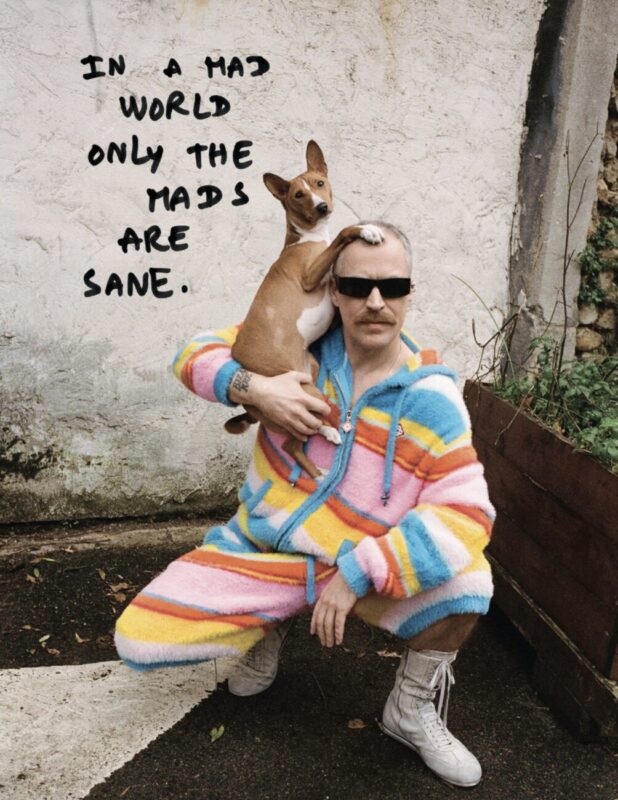
DARDAN ZHEGROVA
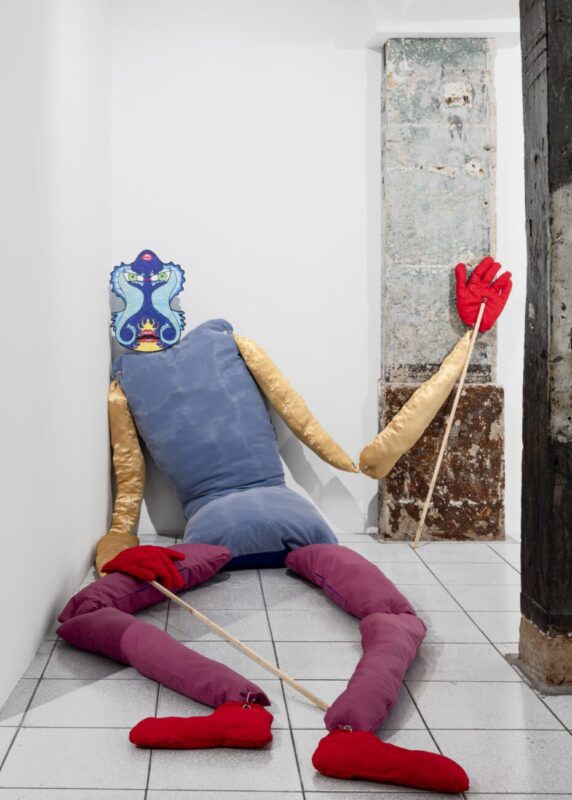
MERIEM BENNANI
